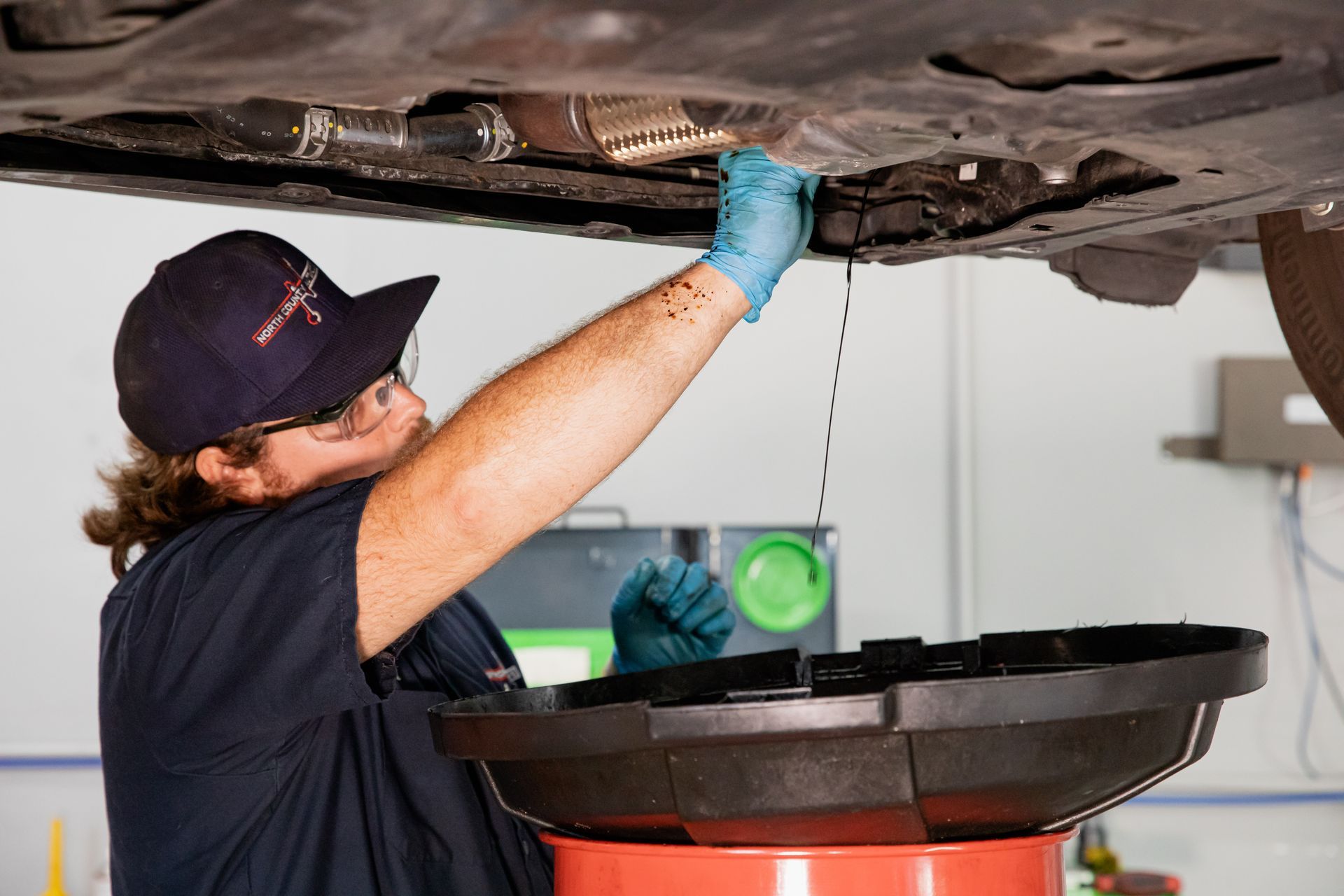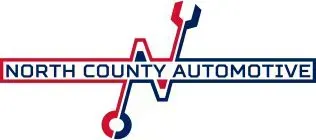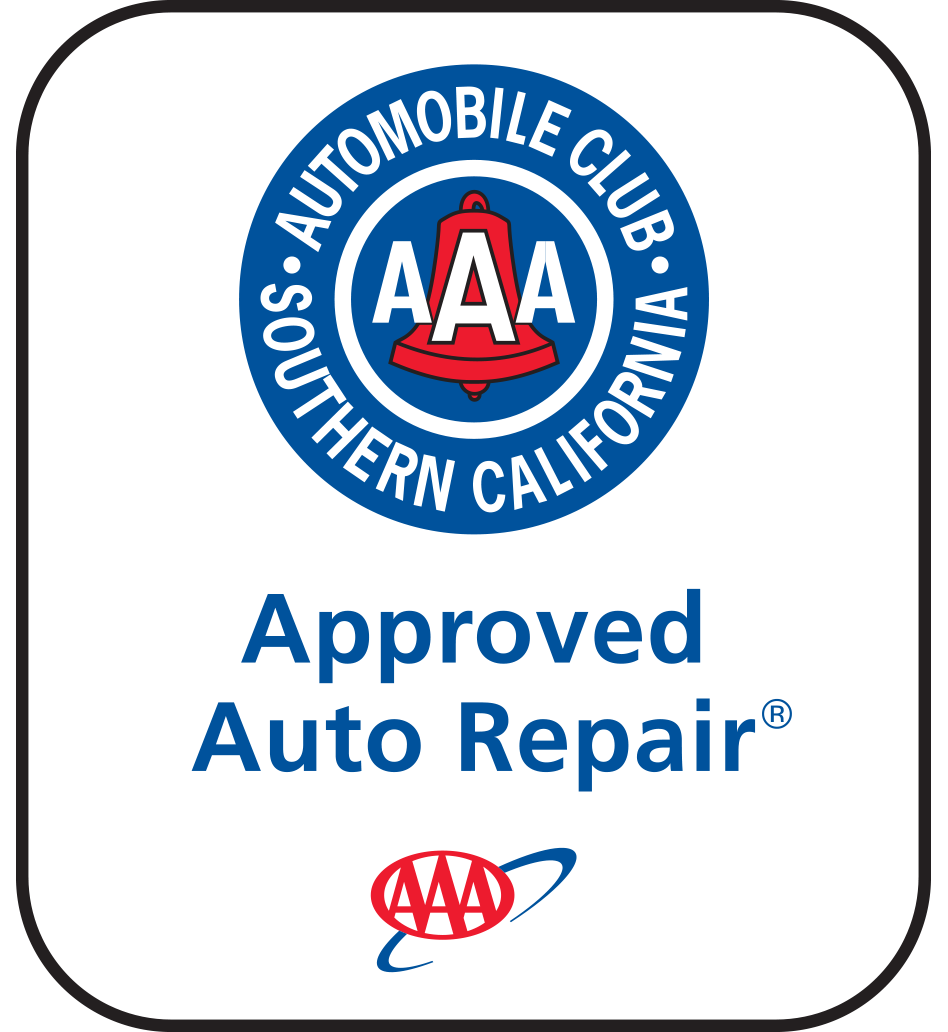Winter Driving Tips
The main attraction in Southern California is the beautiful weather, year-round. But sometimes, it’s fun to visit the Winter – either with a trip to the local mountains or visiting another state that isn’t blessed with our endless summer.
If you’re planning a trip to visit the snow, the California Highway Patrol has some advice:
- Make sure your brakes, windshield wipers, defroster, heater and exhaust system are in top condition.
- Check your antifreeze and be ready for colder temperatures. You may want to add special solvent to your windshield washer reservoir to prevent icing.
- Check your tires. Make sure they are properly inflated and the tread is in good condition.
- Always carry chains. Make sure they are the proper size for your tires and are in working order. Carry a flashlight and chain repair links. Chains must be installed on the drive wheels. Make sure you know if your vehicle is front or rear wheel drive.
- Other suggested items to carry in your car are an ice scraper or commercial deicer, a broom for brushing snow off your car, a shovel to free your car if it's "snowed in," sand or burlap for traction if your wheels should become mired in snow; and an old towel to clean your hands.
- It is also a good idea to take along water, food, warm blankets and extra clothing. A lengthy delay will make you glad you have them.
- Put an extra car key in your pocket. A number of motorists have locked themselves out of their cars when putting on chains and at ski areas.
- Allow enough time. Trips to the mountains can take longer during winter than other times of year, especially if you encounter storm conditions or icy roads. Get an early start and allow plenty of time to reach your destination.
- Keep your gas tank full. It may be necessary to change routes or turn back during a bad storm or you may be caught in a traffic delay.
- Keep windshield and windows clear. You may want to stop at a safe turnout to use a snow or ice scraper. Use the car defroster and a clean cloth to keep the windows free of fog.
- Slow down. A highway speed of 55 miles an hour may be safe in dry weather - but an invitation for trouble on snow and ice. Snow and ice make stopping distances much longer, so keep your seat belt buckled and leave more distance between your vehicle and the vehicle ahead. Bridge decks and shady spots can be icy when other areas are not. Remember to avoid sudden stops and quick direction changes.
- Be more observant. Visibility is often limited in winter by weather conditions. Slow down and watch for other vehicles and for snow equipment. Even though snow removal vehicles have flashing lights, visibility may be so restricted during a storm that it is difficult to see the slow moving equipment.
- When stalled, stay with your vehicle and try to conserve fuel while maintaining warmth. Be alert to any possible exhaust or monoxide problems.
What you need to know about chains:
- You must stop and put on chains when highway signs indicate chains are required. You can be cited by the California Highway Patrol and fined if you don't. You will usually have about a mile between "Chains Required" signs and the checkpoint to install your chains.
- Control areas can change rapidly from place to place because of changing weather and road conditions. The speed limit when chains are required is 25 or 30 miles an hour and will be posted along the highway.
- When you must put on chains, wait until you can pull completely off the roadway to the right. Do not stop in a traffic lane where you will endanger yourself and block traffic.
- Chain Installers: If you use the services of a chain installer, be sure to get a receipt and jot the installer's badge number on it. Remember, chain installers are independent business people, not CHP employees. Having the badge number may help with any misunderstandings later. Chain installers are NOT allowed to sell or rent chains.
- When removing chains, drive beyond the signs reading "End Chain Control" to a pull-off area where you can safely remove them.

When it comes to keeping your vehicle running smoothly for years to come, few maintenance tasks are as essential — or as easy to overlook — as regular oil changes. At North County Automotive , we see firsthand how timely oil changes can make a major difference in your car’s performance, efficiency, and overall lifespan. Here’s why sticking to your oil change schedule is one of the smartest investments you can make in your vehicle. Why Oil Changes Matter Your engine is made up of many moving parts, all working together at high speeds and temperatures. Motor oil serves as a vital lubricant, reducing friction and heat as these parts move. Over time, however, oil breaks down and becomes contaminated with dirt, metal particles, and combustion byproducts. As oil degrades, it loses its ability to properly lubricate and protect the engine. Without clean oil, the metal components in your engine can grind together, leading to increased wear, decreased efficiency, and even serious engine damage. Benefits of Regular Oil Changes 1. Preventing Engine Wear and Damage Fresh, clean oil creates a protective barrier between moving parts, minimizing metal-to-metal contact. Regular oil changes ensure that contaminants are flushed out before they can cause internal damage. Preventing wear today helps you avoid expensive repairs tomorrow. 2. Improving Fuel Efficiency When your engine is properly lubricated, it doesn’t have to work as hard. This means better fuel economy. Dirty or old oil thickens over time, making your engine less efficient and causing it to burn more gas. Keeping up with oil changes helps your car operate at peak performance and saves you money at the pump. 3. Extending Engine Life An engine that runs with clean, effective oil simply lasts longer. Routine oil changes reduce internal wear, manage engine temperatures more effectively, and prevent buildup that could shorten your engine’s life. For drivers who want to get the most mileage out of their vehicles, oil changes are a critical maintenance habit. 4. Maintaining Warranty Coverage Many new car warranties require proof of regular maintenance, including oil changes. Missing scheduled oil changes could void parts of your warranty. Sticking to a routine maintenance plan protects not just your vehicle but also your investment. How Often Should You Change Your Oil? The right oil change interval can vary depending on your vehicle’s make and model, the type of oil used, and your driving habits. As a general rule: Conventional oil: Every 3,000–5,000 miles Synthetic oil: Every 5,000–7,500 miles (or sometimes longer) If you frequently drive in heavy traffic, take short trips, or operate your vehicle in hot or dusty conditions (like we often see here in North County San Diego), you might need more frequent oil changes. When in doubt, check your owner’s manual or ask one of our technicians for personalized advice. Signs You Might Be Overdue for an Oil Change Even if you haven’t hit your scheduled mileage, certain signs can indicate that your oil needs attention: The oil change or maintenance light is on You hear louder-than-normal engine noise The oil looks dark, dirty, or gritty Your engine feels like it’s running rougher or less efficiently You smell oil or burning odors while driving If you notice any of these warning signs, it’s time to stop by for a quick inspection. Protect Your Vehicle with Expert Oil Changes at North County Automotive Keeping up with oil changes is one of the simplest and most affordable ways to extend the life of your car and avoid costly engine repairs. At North County Automotive , we offer fast, professional oil change services using high-quality oils and filters to keep your engine running like new.

